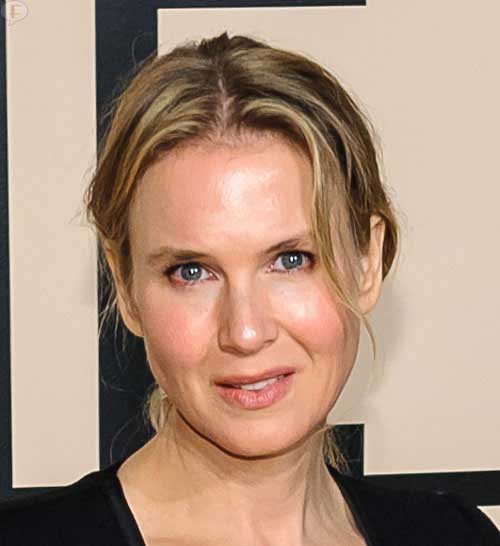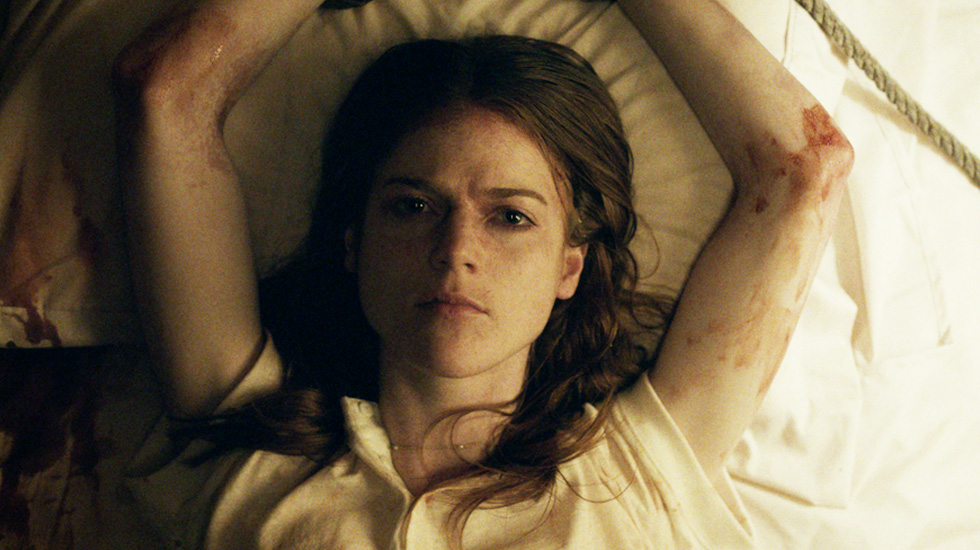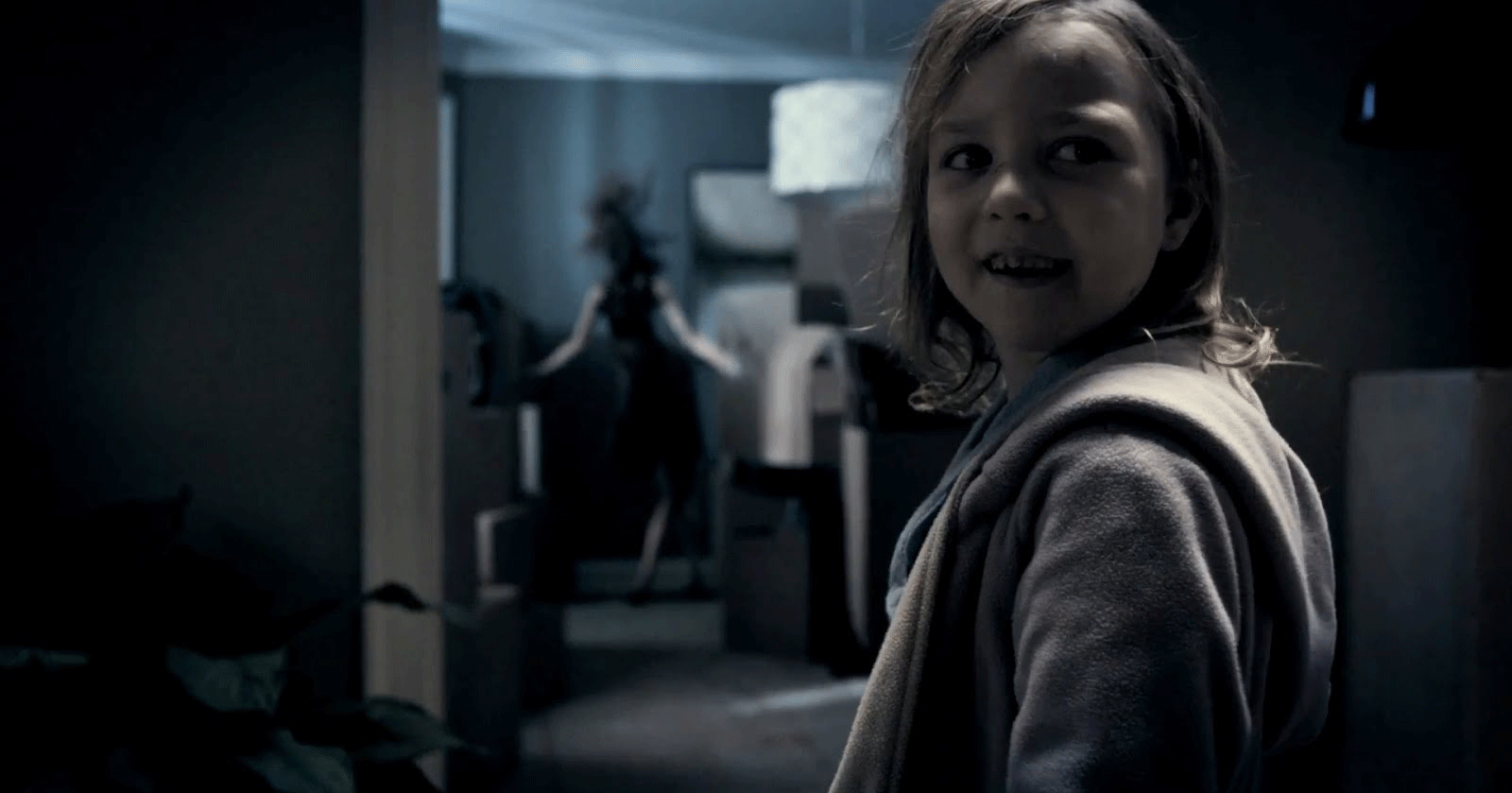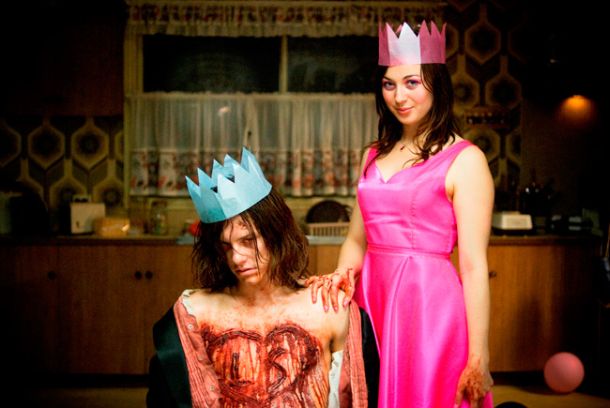Horror has a certain power over me that I can’t explain. So primal is my need to be scared that I will watch every studio horror film released. It’s why I went to see Annabelle. It’s why I’m going to see Ouija this weekend. Do I think Ouija is going to be a good film? Hmmm. Will Renee Zellweger ever look like herself again? The answer to both questions is, of course, no. But if I can get just a couple of scares out of the viewing, I’ll be happy.
Having said that, deep down, I’m always hoping that this is going to be “the one,” that rare horror movie that doesn’t just titillate, but resonates. After reading the awesome “February” yesterday, I asked myself, “What is it that makes a good horror script?” How do you achieve that rare feat of going beyond the scares and giving the reader a fully-rounded experience, like how one feels after watching “The Exorcist” or “The Sixth Sense?”
I don’t know. But looking back at the horror films/shows/scripts I’ve liked recently (The Walking Dead, Mama, Honeymoon) and comparing them to the ones I hated (Annabelle, Oculus), there do seem to be some consistent threads in each. So I wanted to highlight those so you horror writers can give this thing a proper go. This shouldn’t be considered a final list. I’m far from a horror aficionado. But these should give you a baseline on how to get horror right.
Go in with higher expectations – One of the problems plaguing horror is it’s the genre with the lowest expectations. People see horror mostly as a vehicle to throw cheap scares and gore at the screen. Writers pick up on this and, as a result, set the bar low for themselves. Once you’ve done this, you’ve basically guaranteed your script will be bad. Treat horror just like you would a drama. Aim high and deep. I don’t care if you’re “only” writing a slasher movie. Try to make it the best slasher movie ever. There are few things as depressing as reading a lazily written horror script.
Deep characters – Remember this simple rule. If we don’t care about the characters (love’em or hate’em), we won’t care what happens when they’re put in danger. You cannot illicit fear from apathy. The reader must have a strong feeling about the characters one way or the other. So before you write your horror script, spend a LOT of time building your characters. Figure out their backstories, their fears, their flaws, their broken relationships. What is it they need to overcome in this journey? The more you build into your character, the more likely we’ll care about them.
Tie the scares to the characters – The horror and the scares in your screenplay should not be mutually exclusive. They should be designed around one another. In other words, try to connect your character’s fear to the horror at hand. In Mama, the step-mother’s fear is love, is getting close to these children. The scares in the movie then, surround this ghost mother who wants the girls back. The step-mother will have to learn to love the girls in order to save them. The closer you can connect the scares and the character’s own issues, the more impact the scares will have.
Original scares – Cliché scares are one of the most abused practices in horror writing. And this goes back to the first tip. Expectations need to be higher. If you’ve seen the scare before, DON’T USE IT. Or, at the very least, find a way to update it. One of the things that really annoyed me about Annabelle was the old-timey record player that kept turning on. Give. Me. A break. This is pure laziness. The Walking Dead is really good at spinning old cliches. We’ve all seen the scene where our characters have to pick up supplies at the supermarket but zombies are lurking about. Well, two seasons ago, they had a scene where the ceiling crashed in and all the zombies on the roof dropped down, trapping our heroes. Or this season, they had a scene where they had to get the food in a flooded storage basement, adding a unique challenge (walking in waste-high water) and type of zombie (a “floatie”). It’s never easy to sit down and challenge yourself for hours to come up with something new and original. You feel like you should be writing instead, and that you’re wasting time. But when you put in that extra effort and DO find an original scare or a new spin on an old scare, it makes your script so much better.
Be truthful – Don’t force illogical truths into your story just to get scares. When you do that, you’re being dishonest and bending the rules of reality to fit your plot. Instead, you should always try and be truthful, to offer reality. The more realistic the world you create is, the more we’re going to suspend our disbelief. One of the biggest problems with Annabelle was that the doll was the creepiest fucking doll in the universe. It looked like the picture-perfect version of a what a movie possessed doll would look like (and nothing like the actual doll it was based on). If that was it, I’d say fine. But where you’re being dishonest is having the mother character want it in the first place. Who in their right mind would want a doll like this? “Hey hubby? Can you grab me the creepiest fucking doll you can find for my collection?” Yeah right. There was nothing truthful about this plot point, and if you lie like this to the audience too many times, they call you on your bullshit and check out.
Atmosphere – You saw me talking about this yesterday with “February.” Horror is about atmosphere. It’s never just about walking into a room. It’s about the mood in the room. It’s about what’s creating that mood. Are the heating pipes banging obnoxiously behind the walls? Are there ice crystals forming on the window due to the -12 degree temperatures outside? Is your hero scratching at that annoying rash on his arm that won’t go away? Don’t be afraid to show those dead flakes of skin falling to the ground either. Atmosphere can be your best friend in a horror script when done right.
Loss of control – One of the scariest feelings for most people is a complete loss of control. Prey on this fear. As your story maneuvers through its plot, your characters should have less and less control over the situation. And at some point, they should have no control at all. They should feel completely helpless. Look at movies like The Exorcist, Human Centipede, and the little known Aussie film, The Loved Ones. Our fear is based almost exclusively on the helplessness of the main characters.
Build – Horror movies never seem to work when you jump into the scares right away. They need to be groomed and raised. They need to grow up over the course of the film. In other words, you want to BUILD UP to the scares. Look at Paranormal Activity, one of the most successful horror films of all time. That movie goes about three-quarters of its running time before a genuine scare occurs. Before that, it’s mainly a series of small building scares. As a general rule, try to design the first 60-70% of your movie as creepy and the last 30-40% as scary.
The prelude to the scare is often more scary than the scare itself (aka “Milkage”) – A good solid scare is wonderful. But if that’s all there is, you’ve entertained your audience for all of one second. The real key to scaring is chronicling what happens BEFORE the scare. That’s where the gold is, as you can draw the feeling of fear out. As such, you should be designing scares that have a great lead-up, a period of “milkage” if you will. One of my favorite script scares is still in the original draft of The Conjuring, which they ended up cutting. In it, our main character is inside the wall crawlspace, and has found a hole that goes into the basement. There’s a rope coming out of the hole. She starts pulling it. And pulling it. And pulling it. Our imagination is so wrapped up in what’s at the end of that rope, we don’t realize that it’s the prelude to this reveal that’s really scaring us. Of course, a great reveal at the end doesn’t hurt either (in this case, the noose around the witch’s head).
An impending sense of doom – We should feel like bad things are coming for our characters in the future. This should stress us out. We should never feel comfortable in a horror film, like things are going to be okay. We should always feel like it’s going to get worse, that doom is just around the corner.
Plenty of you out there eat, sleep, and breathe horror. And I’m interested to hear your thoughts on my list. Beyond what I’ve noted, what do you think makes a good horror film? Share your tips with the rest of us.





